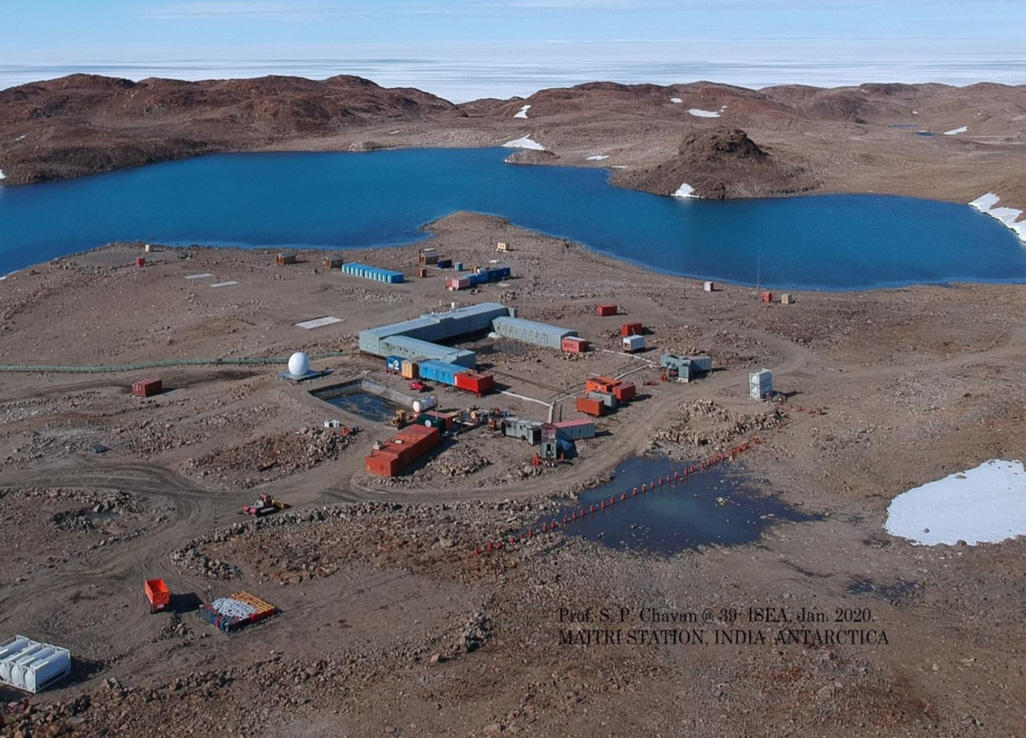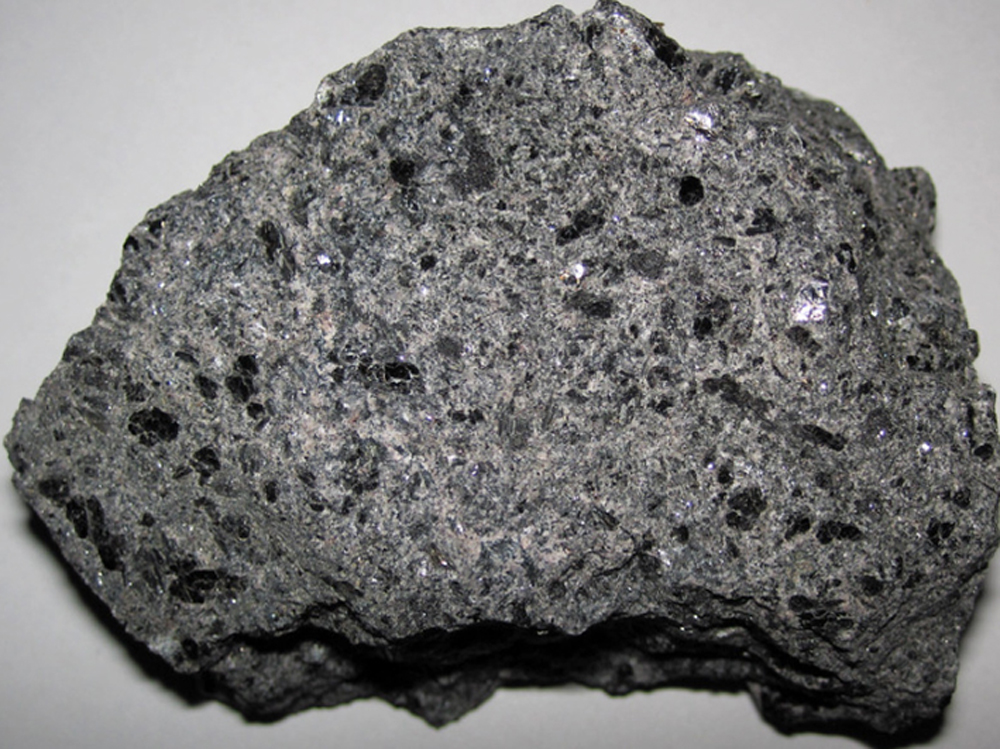Water Rights System for India



India is set to embark on a new chapter in its Polar exploration journey with the construction of Maitri II. The Indian government plans to establish a new research station near the existing Maitri ba...
.png )
The Deep Ocean Mission (DOM), approved by the Government of India in 2021 under the Ministry of Earth Sciences (MoES), represents a strategic step in realizing Sustainable Development Goal 14 (SDG 14:...

China recently announced restrictions on the export of seven rare earth elements (REEs), soon after US President Donald Trump decided to impose tariffs. As the world's dominant supplier—responsible fo...
Water scarcity in India cannot be tackled without establishing binding water withdrawal limits through a system of enforceable water rights at various scales.
Water flowing into the sea constitutes a major portion of India’s water balance. There is a need to efficiently conserve the resource.
Water is a deeply contested resource because of its multiple uses, meanings and governance regimes. Its fluidity makes it hard to govern and manage. Old and new challenges need to be confronted as cli...
<p>The Ganga is a diverse and complex system that is currently suffering increased demands, severely affecting the quantity and quality of flow and occupation of ‘river space’. The River needs to be...
Water scarcity in India cannot be tackled without establishing binding water withdrawal limits through a system of enforceable water rights at various scales.

Water flowing into the sea constitutes a major portion of India’s water balance. There is a need to efficiently conserve the resource.

Water is a deeply contested resource because of its multiple uses, meanings and governance regimes. Its fluidity makes it hard to govern and manage. Old and new challenges need to be confronted as climate change uncertainties amplify and shape water access and water use in India.
